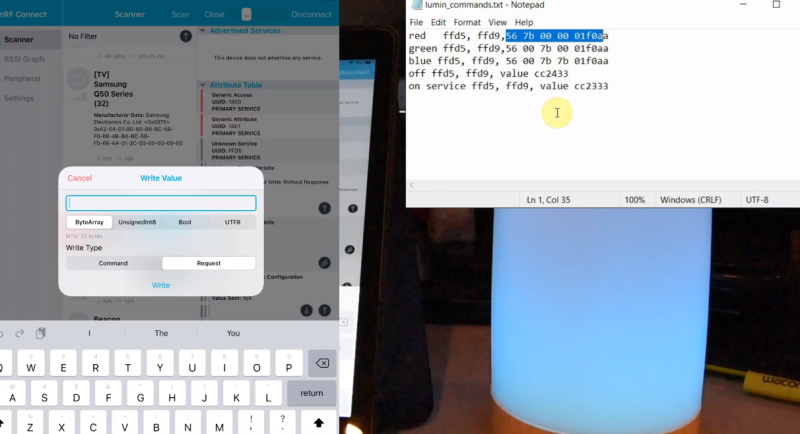New York (CNN Business)A computer chip shortage has shut down the Louisville, Kentucky, Ford plant this week, the latest shutdown because of an industry-wide problem that is expected to spread to many other auto plants in the coming months.The Louisville plant employs 3,800 hourly workers, who will receive about 75% of their normal pay during the one-week shutdown. It assembles the Ford Escape and the Lincoln version of that SUV, the Corsair.
[…]
Automakers cut back orders for computer chips early last year when the pandemic slammed the brakes on auto sales and production because of temporary plant closings.When car sales bounced back sooner than expected, it left the industry struggling with a chip shortage. That was exacerbated by increased demand for laptops during the stay-at-home era — and the electronic and computer industries snapping up the excess supply of chips, said Kristin Dziczek, vice president of research at the Center for Automotive Research, a Michigan think tank.
[…]
Source: Ford shuts down a plant because it can’t find enough computer chips
The computer chip shortage is taking a bigger bite out of General Motors’ production plans than the company originally expected.Last week GM announced that three of itsNorth American plants — the Fairfax plant in Kansas City, Kansas, the CAMI plant in Ingersoll, Ontario and the San Luis Potosi plant in Mexico — would be shuttered this week due to the chip shortage. But on Tuesday the automaker said it would extend the shutdown through at least mid-March, at which time it will reassess its production plans.
[…]
Last week Ford said that its first quarter production would be cut by between 10% to 20% because of chip scarcity, which if it extends into the second quarter could cost the company between $1 billion and $2.5 billion in 2021. The problem for the industry cannot be fixed quickly according to Kristin Dziczek, vice president of research at the Center for Automotive Research, a Michigan think tank. “The magnitude of the impact of the semiconductor issues continues to grow week-to-week,” she said. “It looks like while the industry will resolve the shortages in 2021, the production impact may stretch into the third quarter.”
[…]
The Fairfax plant has about 2,000 hourly workers and 230 salaried staff. They will get about 75% of their normal pay during the shutdown through a combination of unemployment benefits and supplemental pay from GM.
[…]
Source: GM extends shutdown at three plants due to chip shortage
Tesla is shutting down a Model 3 production line at the Fremont, California, factory for two weeks amid an industrywide microchip shortage.
According to a new report from Bloomberg, Tesla has informed employees from a Model 3 production line at the Fremont factory that their line is being shut down until March 7:
Workers on a Model 3 production line in Fremont were told their line would be down from Feb. 22 until March 7, said the person, who asked not to be identified because the information is private. Impacted staff were told they would be paid for Feb. 22 and Feb. 23 and not paid for Feb. 28, March 1, 2 and 3. They were advised to take vacation time, if they had it.
The employees in question weren’t informed of the reason behind the shutdown, which remains unconfirmed.
Unlike Model S and Model X production at the Fremont factory, Tesla is not making any significant update to the Model 3 program, which received a refresh late last year.
[…]
The entire auto industry is currently dealing with a global shortage of microchips.
The shortage has already resulted in many vehicle production lines behind halted around the world. GM, Ford, Nissan, Toyota, Volkswagen, Suburu, and Fiat Chrysler have all announced halted or decelerated production lines due to the issue.
[…]
With the cold weather resulting in frequent power outages in Texas last week, Samsung was forced to shut down its semiconductor plant in Austin, which likely affected Tesla’s chip supply.
[…]
Source: Tesla shuts down Model 3 production line for 2 weeks amid chip shortage
China’s electric car startup Nio will shut down for five days due to the global semiconductor shortage, the company announced on Friday in a press release. The five day shutdown will start on Monday and will mean the company produces slightly fewer cars this year than it had planned.
“The overall supply constraint of semiconductors has impacted the Company’s production volume in March 2021,” Nio said in a statement. “The Company expects to deliver approximately 19,500 vehicles in the first quarter of 2021, adjusted from previously released outlook of 20,000 to 20,500 vehicles.”
Nio makes several different models, including a seven-seater electric SUV, a two-seater sports car, and has plans to produce a minivan in 2022. But Nio isn’t the only car company around the world feeling the pinch from the computer chip shortage. CNBC estimates the global auto industry as a whole will lose as much as $US60 ($79) billion from the lack of chips this year as it ripples around the world.
[…]
China is the largest EV market in the world, though Norway outpaces China in EV sales as a percentage of the country’s total car market. An estimated 1.3 million electric vehicles were sold in China last year, representing roughly 40% of all EVs sold around the world, according to research by Canalys. The U.S. market represented just 2.4% of all EV sales in 2020.
Source: Electric Car Company Nio Shuts Down Temporarily in China Over Global Chip Shortage










https://news.slashdot.org/comments.pl?sid=18535476&cid=61195246 / Brain-Fu